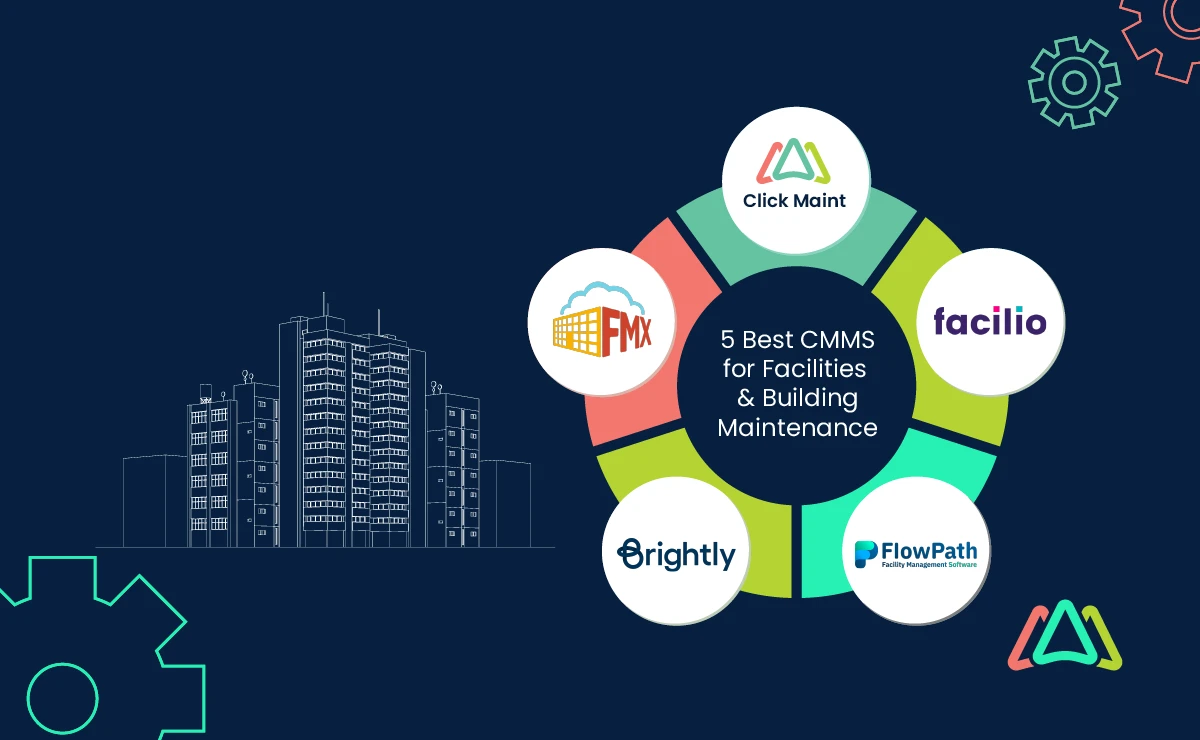Facility Management-- Streamlined Procedures and Cost Financial Savings
Facility Management-- Streamlined Procedures and Cost Financial Savings
Blog Article
The Necessary Guide to Facility Administration: Approaches for Success
Facility monitoring plays a critical role in the overall success of an organization, offering as the backbone that supports security, efficiency, and efficiency. The subtleties of reliable facility management expand beyond mere logistics and call for an extensive understanding of both quantitative and qualitative metrics.
Understanding Center Administration
What constitutes reliable center management? Efficient center administration incorporates the sychronisation of numerous organizational features to make sure that constructed settings are safe, reliable, and for performance. It incorporates the principles of design, business, and engineering management to create a seamless functional circulation within an organization.
Key components of center administration include room planning, maintenance management, and conformity with health and wellness laws. Space planning concentrates on maximizing making use of physical sources to sustain organizational goals, while maintenance administration ensures that facilities are kept in optimal condition, making the most of life-span and lowering operational prices. Compliance with governing and lawful requirements is important, as it safeguards the organization versus possible responsibilities and improves its credibility.
In addition, effective facility administration relies upon the calculated usage of modern technology, such as Structure Monitoring Systems (BMS) and Computer-Aided Center Administration (CAFM) tools. These innovations help with real-time monitoring of structure systems and enhance maintenance procedures (Facility Management). Ultimately, an extensive method to center administration not only promotes operational efficiency yet likewise fosters a favorable environment for employees and visitors alike, driving total organizational success

Trick Techniques for Optimization
Optimizing center monitoring calls for a strategic technique that aligns functional exercise with business purposes. To accomplish this, the very first vital method is the execution of incorporated technical services. Using advanced software application systems allows for real-time surveillance of center procedures, helping with data-driven decision-making and boosting total performance.
Second of all, normal evaluations of facility efficiency are necessary. Performing regular evaluations and audits makes it possible for center managers to recognize areas that need improvement, making sure that sources are assigned effectively. This aggressive strategy assists in decreasing downtime and improving solution delivery.
Another vital strategy is promoting partnership across departments. By urging open communication between groups, facility supervisors can better straighten their methods with business objectives, causing improved functional synergy. Additionally, engaging team in training programs promotes a society of liability and improves their capability to add to optimization initiatives.
Enhancing Safety And Security Methods
Reinforcing security procedures is important for developing a safe environment within facilities. A comprehensive safety procedure not only shields staff members and visitors however also improves operational effectiveness. Facility Management. To attain this, center supervisors must conduct regular threat analyses to determine prospective dangers and make certain that suitable procedures are in place

Additionally, clear communication channels need to be developed to report security problems quickly. This includes creating an obtainable platform for workers to voice potential hazards or occurrences without concern of retribution. In addition, leveraging technology can improve precaution; for instance, carrying out monitoring systems and gain access to controls aids check facility tasks and limit unauthorized entrance.
Lastly, conformity with regional policies and sector criteria is non-negotiable. Regular audits and evaluations of security protocols guarantee positioning with existing legislations and ideal techniques. By focusing on these techniques, facility supervisors can cultivate a culture of safety that safeguards all stakeholders and inevitably adds to the organization's success.
Improving Workplace Environment
A favorable workplace setting dramatically boosts employee spirits and efficiency, making it a vital emphasis for facility administration. To develop such an environment, center supervisors need to focus on a number of crucial components, including functional designs, aesthetic appeals, and staff member involvement.
Ergonomic considerations are vital to reduce physical strain and discomfort. This entails supplying flexible furnishings, proper lights, and appropriate area for motion. These adjustments can bring about lowered absenteeism and boosted job fulfillment.
Looks play a crucial function in shaping the office environment. Utilizing color psychology, natural lighting, and plant can cultivate a welcoming and promoting environment. Thoughtfully created spaces can boost see post creative thinking and boost general health.
Additionally, encouraging employee involvement through comprehensive decision-making processes can enhance the sense of ownership and belonging. Collecting comments on workplace enhancements and including employees in the design procedure can cause a more tailored environment that fulfills their requirements.
Finally, advertising wellness efforts, such as health cares and relaxation spaces, can additionally add to a supportive work environment culture. By focusing on these techniques, center supervisors can effectively boost the office setting, driving both worker satisfaction and business success.
Determining Success in Facilities
Determining success in facility administration requires a detailed method that examines both qualitative and quantitative metrics. Quantitative metrics generally consist of essential performance indicators (KPIs) such as area application prices, power usage, upkeep costs, and tenancy degrees. These metrics give a clear image of functional effectiveness and economic performance, allowing center managers to determine locations for renovation and criteria versus industry criteria.
Qualitative metrics, on the other hand, emphasis on user satisfaction and staff member engagement. Surveys and responses systems can assess how well the centers meet the needs of occupants, assisting to analyze the overall office atmosphere. This facet is important, as a satisfied workforce is commonly linked to enhanced efficiency and retention prices.
To effectively determine success, center supervisors ought to additionally take into consideration integrating technology, such as constructing monitoring systems and data analytics devices, to gather and evaluate appropriate data. Routinely assessing both collections of metrics permits an extra well balanced sight of performance and notifies strategic choices. Eventually, an effective facility monitoring strategy depends upon a commitment to continuous improvement, making sure that both functional effectiveness and individual satisfaction are prioritized.

Conclusion
Finally, reliable center monitoring is essential for enhancing organizational performance. By implementing integrated technical remedies, performing regular evaluations, and cultivating collaboration throughout departments, companies can accomplish optimum source appropriation and operational performance. Prioritizing security procedures and improving office atmospheres better add to raised worker contentment. Gauging success through both measurable and qualitative metrics permits for continual improvement, inevitably leading to decreased functional costs and a much more efficient sites organizational atmosphere.
Center administration plays a vital duty in the overall success of a company, serving as the backbone Extra resources that sustains productivity, safety, and effectiveness.Trick components of center management consist of space planning, maintenance administration, and compliance with wellness and safety guidelines.Furthermore, reliable center administration relies on the calculated use of innovation, such as Structure Management Equipment (BMS) and Computer-Aided Facility Administration (CAFM) tools. Inevitably, a thorough technique to facility management not only advertises functional efficiency but likewise promotes a favorable setting for staff members and visitors alike, driving general business success.
Eventually, an effective facility management approach hinges on a commitment to continual improvement, ensuring that both operational efficiencies and user contentment are prioritized.
Report this page